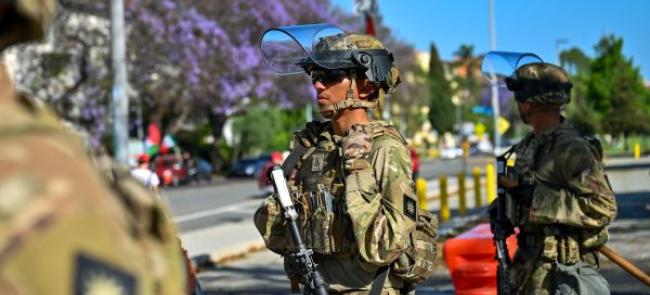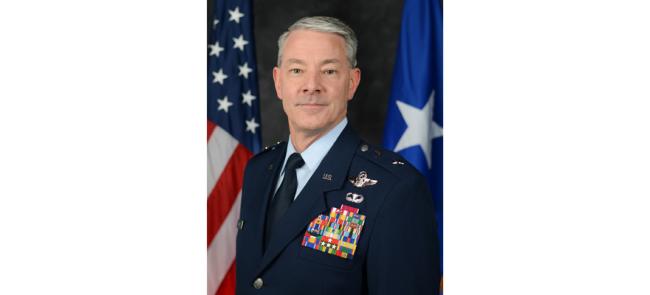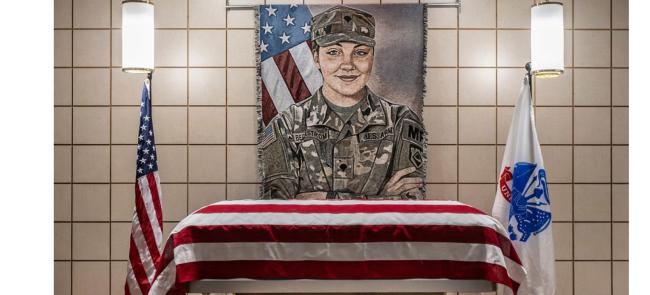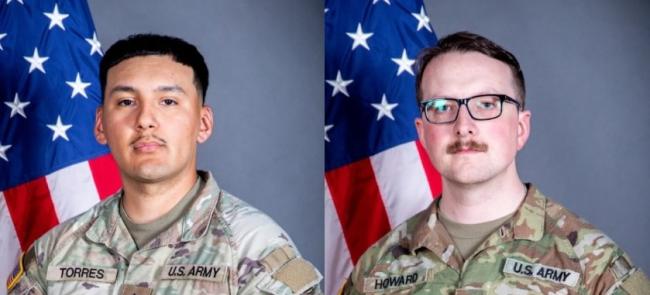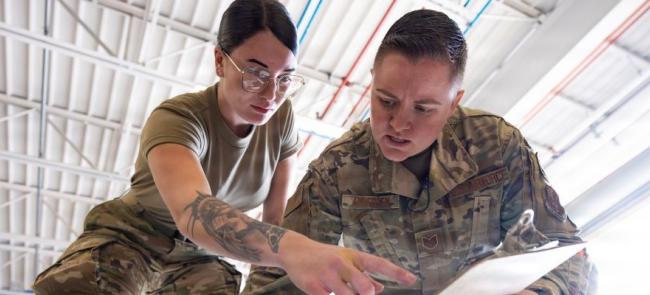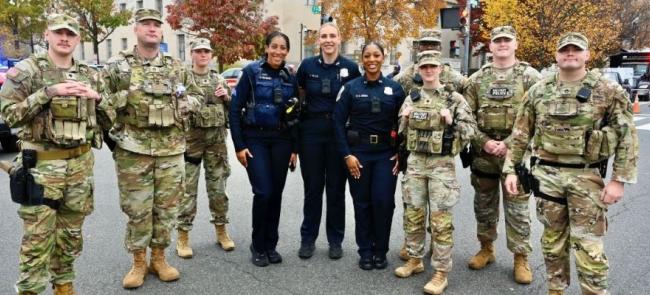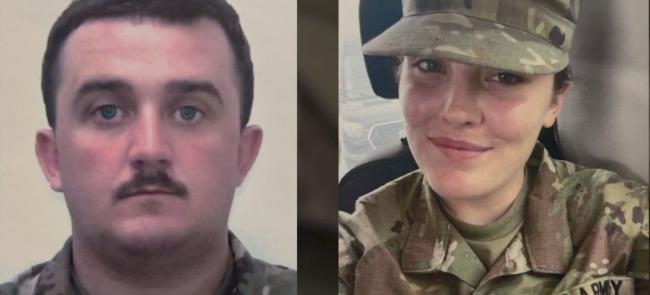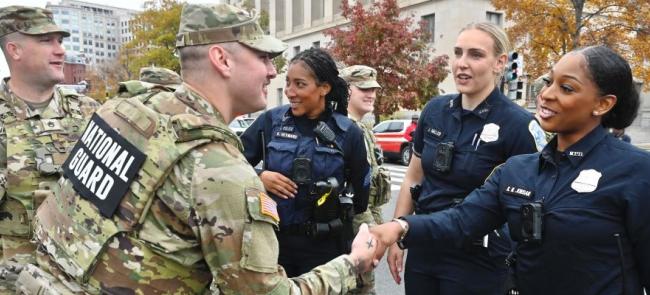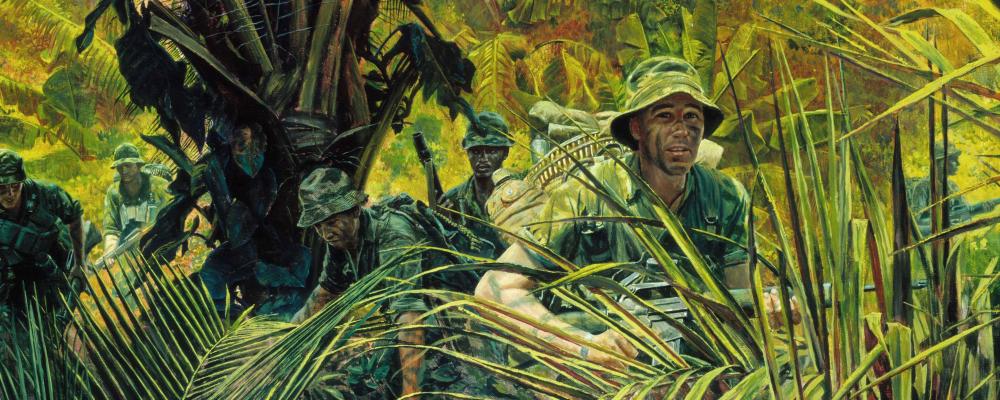
The Vietnam War Commemoration program is hosting a "welcome home" event for all Vietnam War veterans and their families on the National Mall in Washington, D.C., May 11-13.
The program will feature concerts, static displays, museum exhibits and a chance to connect with other Vietnam veterans and veteran service organizations.
More information on the event is available here.
This year marks the 50th anniversary of the last U.S. combat troops leaving Vietnam.
Congress created the United States of America Vietnam War Commemoration program in 2008.
Lawmakers tasked the program with honoring Vietnam veterans and their families through 2025, the year the U.S. will observe the 50th anniversary of the war's end.
"The Vietnam War Commemoration estimates approximately 7 million Vietnam veterans are currently living within the United States and abroad, and through our estimations, we have reached about 3.7 million of those veterans," said Maj. Gen. Ed Chrystal, a New Jersey Army National Guard officer and the program’s acting director.
"So, we have two years and we’ve got about three and a half million veterans to go," Chrystal added.
During next week's event, the Vietnam War Commemoration will establish "Camp Legacy" along West Potomac Park with more than 40 exhibit tents sharing stories from Vietnam.
Guard historians will have one of the tents. The National Guard Educational Foundation will have a presence there.
The Guard story in Vietnam isn't well known.
As U.S. involvement in the war greatly increased during the mid-1960s, President Lyndon B. Johnson rejected advice from Pentagon leaders urging him to ask for Congress' approval to call up the Guard and Reserves.
Many historians say politics drove Johnson’s decision; he didn’t want to further inflame tensions nationwide.
But Johnson was bucking the trend of the Guard mobilizing to fight in every conflict in American history.
In 1968, Johnson relented, calling up 34 Army Guard and 14 Air Guard units. Eight Army Guard units deployed intact to Vietnam.
About 7,000 Army Guard soldiers ultimately saw action, according to the NGEF. This total includes many troops who were "levied" from their units and sent as replacements.
One of the replacements was 2nd Lt. Roger C. Schultz, an Iowa Army Guardsman who earned a Silver Star and two Purple Hearts.
Schultz returned to the Army Guard after his combat tour, rising through the ranks to eventually become Army Guard director from 1998 to 2005.
Today, Schultz's Vietnam War uniform is exhibited in the NGEF’s National Guard Memorial Museum in Washington, D.C.
The Indiana Army Guard’s Company D (Ranger), 151st Infantry was among the Guard units who went to Vietnam during the war.
Depicted in the above painting, the Indiana Rangers conducted reconnaissance and intelligence-gathering missions.
Operating deep in enemy territory, the Indiana Rangers earned over 500 decorations. Per NGEF, this total is more than any other Army infantry company during a one-year period in Vietnam.
About 2,000 Air Guardsmen in four tactical fighter squadrons additionally saw combat in Vietnam.
According to the NGEF, these airmen flew 24,124 combat sorties and accumulated 38,614 combat flying hours during their time in Vietnam.
All told, more than 100 Guard soldiers and airmen made the ultimate sacrifice in the conflict.
Back in the U.S., tens of thousands of Guardsmen assisted police during civil disturbances related to a time of great social upheaval at home as the conflict raged in Southeast Asia.
In April 1968, governors activated more than 25,000 Guard personnel to help quell violence in cities nationwide following the assassination of civil rights leader Martin Luther King Jr.
After the war, Gen. Creighton W. Abrams lamented failing to mobilize national support behind the war.
Abrams commanded U.S. forces in Vietnam before serving as Army chief of staff from 1972 until his death in 1974.
He argued the nation should never go to war without the Guard and Reserve again, as including both components in future conflicts would boost the public's support.
The so-called Abrams Doctrine was one of the drivers of the Total Force policy.
— By John Goheen

